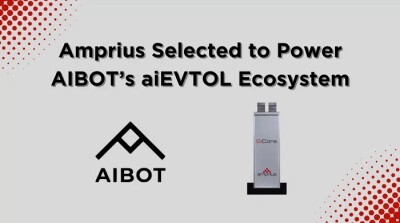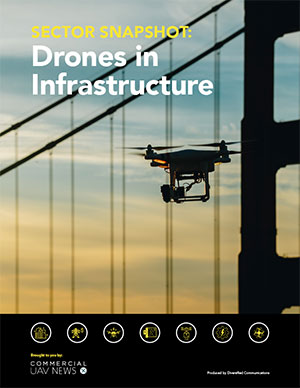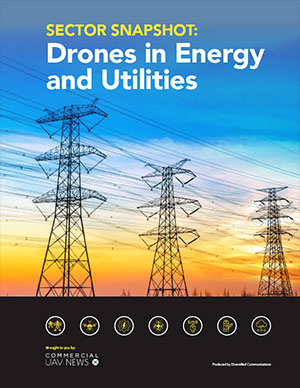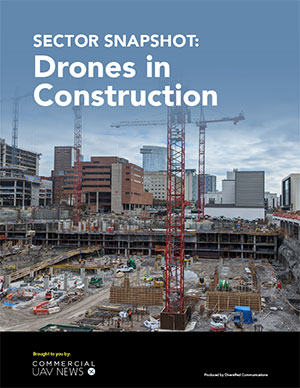Subscribe
The information you submit will be stored and used to communicate with you about your interest in Commercial UAV News. To understand more about how we use and store information, please refer to our privacy policy.
AIBOT Unveils Tilt-Wing, Eight-Rotor eVTOL Aircraft at Commercial UAV Expo

In a move to redefine the landscape of drones and aerial robotics, AIBOT, a California-based innovator in autonomous flight, has announced the launch of its T series, headlined by the groundbreaking AIBOT T500 tilt-wing drone. This announcement, made with a flourish during Commercial UAV Expo, signals a strategic shift for AIBOT as it aims to bridge the gap between current drone capabilities and the future of advanced air mobility.
AIBOT, founded and headquartered in the United States, is on a mission to “make the freedom of flight accessible anytime, anywhere.” With a leadership team boasting experience from aerospace and tech leaders such as Porsche, Bosch, SpaceX, Ford, and Amazon Prime Air, the company aims to drive innovation in the aviation sector through their collective experience and vision. Their approach combines expertise in flight control systems, autonomy software, composite design, and manufacturing execution.
Unveiled on the show floor at Commercial UAV Expo after being hidden under a black shroud, the T500 is impressively large - a departure from previous drones from AIBOT in their X series. The new T series represents a significant evolution in form factor, embracing a tilt-wing drone design for long-range, high-speed, and heavy-lift missions. At 17 feet in wingspan, and with a maximum speed of 150 miles per hour and payload capacity of 60lbs, this drone is engineered to meet the growing demands of commercial, industrial, and potentially even passenger transport applications. It launches vertically, then transitions into forward flight. The tilt-wing design is built for versatility, enabling the drone to perform a wide range of missions that require both endurance and payload capacity, says George Jacobellis, Head of Flight Sciences at AIBOT.
“We want to be reliable in a couple of different ways. We have a larger rear wing that makes this aircraft stable and controllable all the way through transition. We have redundancy. We have eight aereons and eight props so that even if one goes out, the aircraft can still land safely. We’ve done extensive modeling, simulation, testing and control development so that we can ensure that this aircraft is going to fly safely each time and meet all of its performance goals.”
AIBOT’s decision to focus on the T series comes as the drone industry faces a pivotal moment. Regulatory pathways are opening, particularly with the recent release of the proposed FAA rule for beyond visual line of sight (BVLOS) operations.

The company’s strategy is to build a bridge to US development and manufacturing prominence. While leveraging global supply chains in the short term, AIBOT is committed to sourcing and producing domestically as the industry matures. This approach not only supports the US economy but also ensures the safety, reliability, and accessibility of its products.
The T series is just the beginning, says Sean Cassidy, Head of Regulatory and Government Affairs at AIBOT.
AIBOT envisions a future where its technology scales to even larger platforms, including eVTOL systems capable of carrying substantial cargo and, perhaps eventually, passengers. They hope that the company’s focus on modularity, autonomy, and cost-effectiveness will position it to meet the needs of a rapidly evolving market.
As the AIBOT T500 prepares for its debut, AIBOT stands at the forefront of a new era in aviation—one defined by intelligent, autonomous systems built on a foundation of trust, innovation, and American ingenuity. The T series launch is not just a product announcement; it’s a statement of intent for the future of flight.















Comments